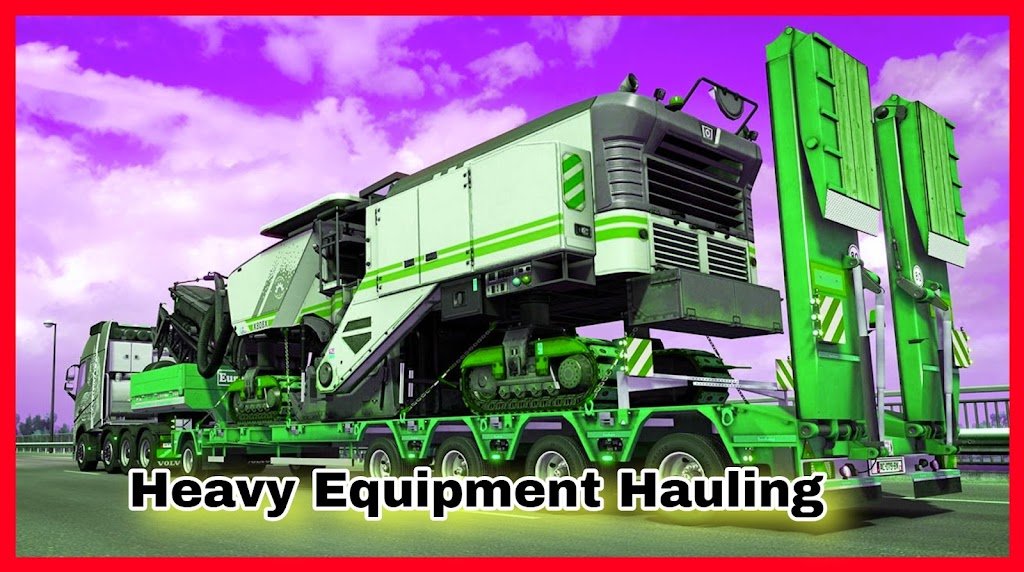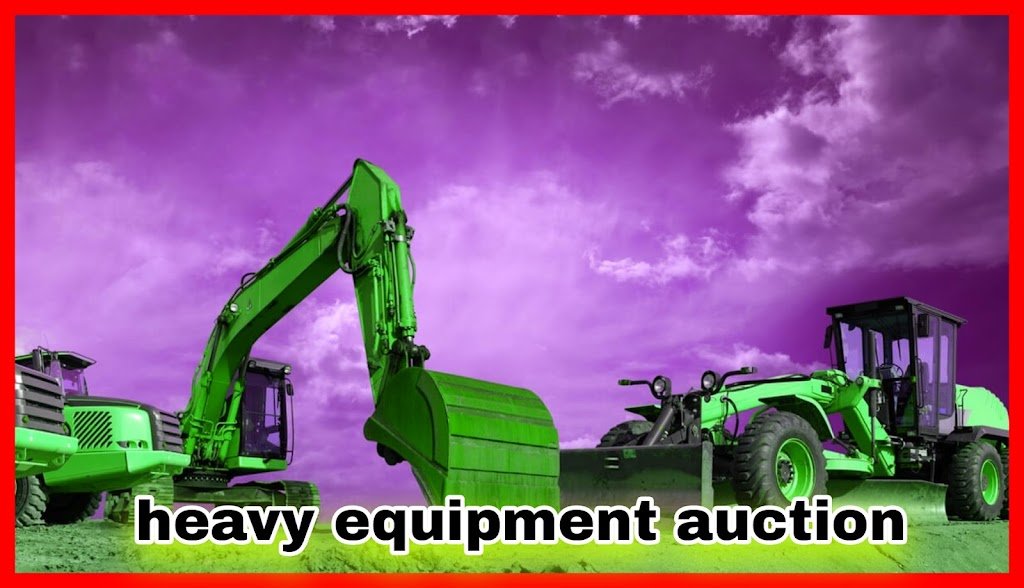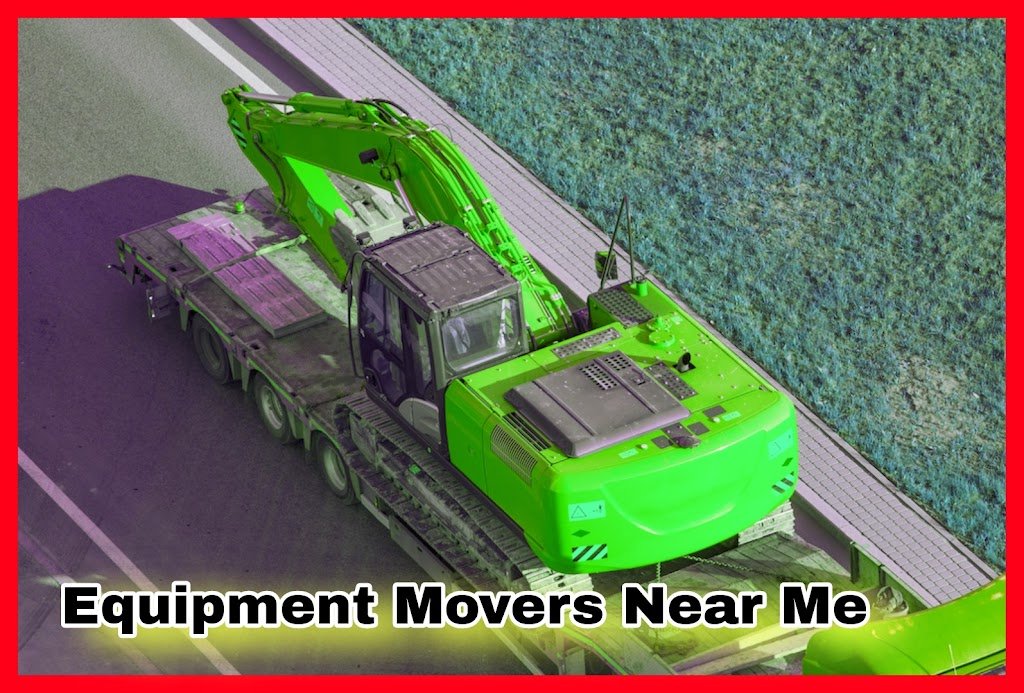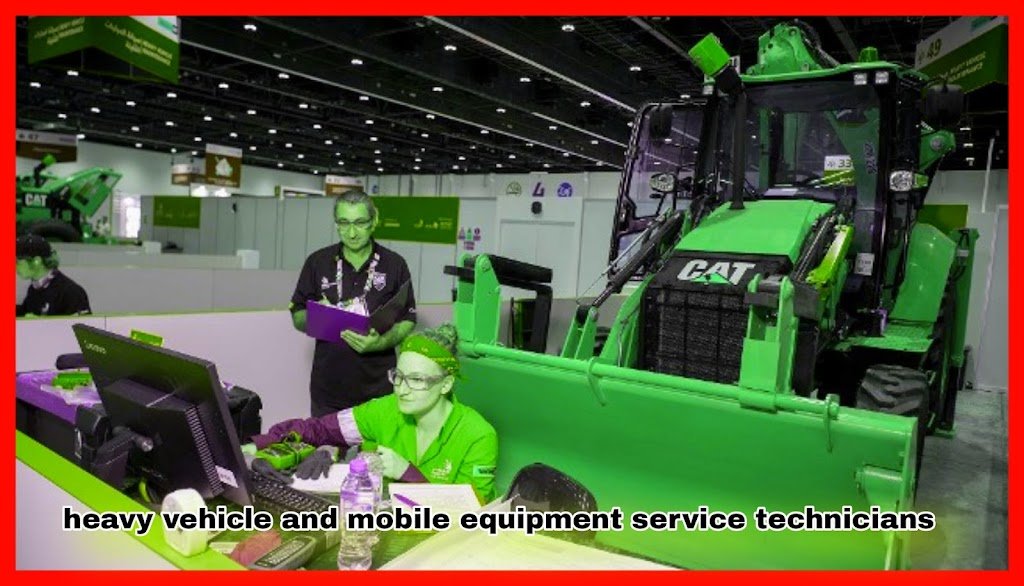hauling equipment
Hauling Equipment
Hauling equipment plays a vital role in industries that require the transportation of heavy loads. From construction sites to mining operations, hauling equipment enables the efficient movement of bulky items, machinery, and materials. In this article, we will explore the different types of hauling equipment, their functions, benefits, and how they contribute to streamlining heavy-duty transport
.
What is Hauling Equipment?
Hauling equipment refers to a wide range of vehicles, machinery, and tools designed to transport heavy loads efficiently. These equipment are specifically engineered to handle the weight, size, and unique characteristics of the items being transported. Whether it’s moving construction materials, industrial machinery, or oversized cargo, hauling equipment provides the necessary power and capabilities to undertake such tasks.
Types of Hauling Equipment
1. Trucks and Trailers
Trucks and trailers are the workhorses of the hauling industry. Ranging from compact pickups to massive eighteen-wheelers, these vehicles offer various load capacities and configurations. Equipped with powerful engines and robust suspension systems, trucks and trailers are commonly used for long-haul transportation, carrying large quantities of goods over vast distances.
2. Cranes
Cranes are indispensable when it comes to lifting and moving heavy objects vertically. With their towering structures and telescopic or articulated booms, cranes can handle significant weights with precision. They are frequently used in construction sites, shipyards, and other industries that require lifting materials to great heights or accessing hard-to-reach areas.
3. Forklifts
Forklifts are versatile machines used for loading, unloading, and moving materials within warehouses, distribution centers, and manufacturing facilities. These compact vehicles feature hydraulic lifting mechanisms and front forks to lift and transport pallets, crates, and other heavy items with ease. Forklifts come in different sizes and configurations to suit various operational needs.
4. Conveyor Systems
Conveyor systems are automated transportation solutions that efficiently move materials from one point to another. Consisting of a series of belts, rollers, and motorized systems, conveyors are commonly used in mining, manufacturing, and logistics industries. They minimize manual handling, accelerate production processes, and enhance overall operational efficiency.
5. Heavy-Duty Rollers
Heavy-duty rollers are cylindrical devices used to transport and maneuver large, heavy objects across a flat surface. These rollers reduce friction, allowing for smooth movement of items such as steel coils, pipes, and heavy machinery. They are particularly useful in construction sites, shipyards, and industrial settings where heavy loads need to be repositioned or relocated.
6. Skid Steers
Skid steers are compact, maneuverable loaders equipped with powerful engines and hydraulic attachments. These versatile machines are commonly used in construction, landscaping, and agriculture for tasks such as digging, grading, and material handling. Skid steers excel in confined spaces where larger equipment may struggle to operate effectively.
7. Aerial Lifts
Aerial lifts, also known as cherry pickers or boom lifts, are elevated platforms used to access heights for maintenance, construction, or emergency situations. These machines offer flexibility and reach, enabling workers to safely perform tasks at elevated levels. Aerial lifts are widely used in industries such as telecommunications, utility maintenance, and building construction.
8. Earthmoving Equipment
Earthmoving equipment encompasses a range of heavy machinery used for excavating, grading, and moving earth or rocks. Bulldozers, excavators, backhoes, and graders are examples of earthmoving equipment. These machines are essential in construction, mining, and land development projects where extensive earthwork is required.
9. Off-Road Vehicles
Off-road vehicles, including articulated dump trucks and haulers, are designed to operate in rugged and challenging terrains. They offer superior traction, suspension, and durability, making them ideal for hauling materials across construction sites, quarries, and off-road mining operations. Off-road vehicles ensure the efficient transport of heavy loads even in adverse conditions.
10. Towing and Recovery Vehicles
Towing and recovery vehicles are specialized equipment used to move disabled or damaged vehicles safely. Flatbed tow trucks, wheel-lift wreckers, and heavy-duty rotators are examples of towing and recovery equipment. These vehicles provide essential support in roadside assistance, vehicle recovery, and transportation of non-functioning vehicles.
11. Specialized Transporters
Specialized transporters are designed for unique and specific purposes, such as transporting oversized or irregularly shaped loads. Examples include lowboys, extendable trailers, and self-propelled modular transporters (SPMTs). Specialized transporters ensure the safe and secure transport of heavy or sensitive equipment that cannot be accommodated by standard hauling methods.
Importance of Hauling Equipment
Hauling equipment plays a crucial role in numerous industries, contributing to the smooth and efficient flow of goods, materials, and machinery. It enables businesses to meet deadlines, fulfill customer demands, and streamline their operations. Without hauling equipment, the transportation of heavy loads would be significantly challenging, time-consuming, and costly.
Benefits of Using Hauling Equipment
1. Increased Efficiency and Productivity
By utilizing hauling equipment, businesses can complete transportation tasks more efficiently and with greater speed. These machines and vehicles are designed to handle heavy loads, reducing the time required for each transport operation. As a result, businesses can optimize their processes, increase productivity, and meet project deadlines more effectively.
2. Enhanced Safety
Hauling equipment is engineered with safety features and capabilities to ensure the protection of both operators and transported goods. From advanced braking systems to load securement mechanisms, these features minimize the risk of accidents, damage, and injuries during transportation. By prioritizing safety, businesses can create a secure work environment and protect their valuable assets.
3. Cost Savings
Efficient hauling equipment can lead to significant cost savings for businesses. By reducing the time and effort required for transportation, companies can minimize labor costs and optimize resource allocation. Additionally, the durability and longevity of hauling equipment contribute to lower maintenance and replacement expenses in the long run.
4. Versatility and Adaptability
Hauling equipment comes in various types and configurations, providing businesses with flexibility and adaptability. From small-scale operations to large-scale projects, there is suitable hauling equipment available to meet specific requirements. The versatility of hauling equipment allows businesses to cater to diverse needs and handle different types of loads effectively.
Hauling equipment is the backbone of heavy-duty transport in industries worldwide. From trucks and trailers to cranes and specialized transporters, these machines simplify the transportation of heavy loads, ensuring efficiency, safety, and productivity. By leveraging the benefits of hauling equipment, businesses can streamline their operations, meet project deadlines, and maximize their overall success.
Frequently Asked Questions
1. How do I determine the right hauling equipment for my needs?
Selecting the appropriate hauling equipment depends on factors such as load capacity, terrain, maneuverability, and specific operational requirements. It is recommended to consult with experts or equipment providers to assess your needs and identify the most suitable hauling equipment for your specific applications.
2. What safety precautions should I follow when operating hauling equipment?
When operating hauling equipment, it is crucial to receive proper training, wear appropriate personal protective equipment, and adhere to safety guidelines and regulations. Regular maintenance and inspections should also be conducted to ensure the equipment’s optimal performance and safety.
3. Can hauling equipment be rented or leased?
Yes, hauling equipment is often available for rent or lease from equipment rental companies. Renting or leasing hauling equipment can be a cost-effective option for short-term projects or when the need for equipment varies over time.
4. Are there any weight limitations for hauling equipment?
Different hauling equipment have specific weight limitations based on their design, load capacity, and safety regulations. It is essential to understand and comply with these weight limitations to prevent accidents, damage to the equipment, and ensure compliance with legal requirements.
5. How can I ensure the longevity of my hauling equipment?
To ensure the longevity of hauling equipment, regular maintenance, timely repairs, and following manufacturer’s guidelines are crucial. Proper storage, routine inspections, and addressing any issues promptly can extend the lifespan of the equipment and optimize its performance.





